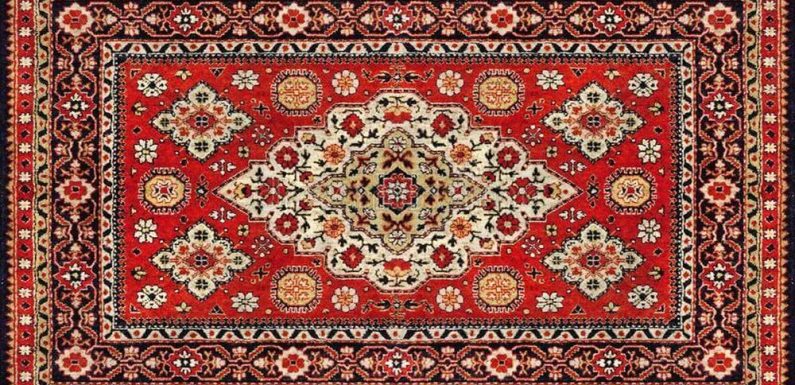
Persian carpets are more than just floor coverings; they are intricate pieces of art that tell stories of their makers and the culture they represent. The art of Persian carpet weaving has been around for centuries, with each rug being handcrafted and unique in its own way. The materials used to make Persian carpets are of the highest quality, including wool, silk, and cotton. The natural dyes used to color the carpets are made from plants, insects, and minerals, giving them richness and depth that cannot be replicated by synthetic dyes.
The intricate designs and patterns on Persian carpets are not only beautiful but also hold cultural significance. Each pattern has a meaning, whether it’s a representation of a historical event, a religious symbol, or a reflection of nature. For example, the Tree of Life pattern symbolizes the importance of nature and the cyclical nature of life. The peacock design represents beauty and grace, while the fish design symbolizes fertility and prosperity. Owning a Persian carpet is like owning a piece of history and culture. These carpets are not only a beautiful addition to any home but also an investment that can last for generations.
What makes Persian carpets so durable?
One of the most notable characteristics of Persian carpets is their durability. These carpets can withstand heavy foot traffic and last for generations, making them a worthwhile investment. The secret to their durability lies in the quality of materials and the weaving technique.
Persian carpets are made from high-quality wool, silk, or cotton. These materials are natural and durable, making them resistant to wear and tear. The wool used in Persian carpets is of a particular breed of sheep, which produces long, strong fibers that are ideal for weaving. Silk, on the other hand, is a luxurious material that adds a lustrous sheen to the carpet and makes it even more durable.
The weaving technique used to make Persian carpets is also crucial to their durability. Persian carpets are hand-knotted, meaning each knot is tied individually. The knots are tightly woven, creating a dense and durable carpet that can withstand heavy foot traffic. The more knots per square inch, the more durable the carpet is.
In summary, Persian carpets are made from high-quality materials and woven using a technique that creates a dense, durable carpet that can withstand heavy foot traffic and last for generations.
What are the different styles of Persian carpets?
Persian carpets come in a variety of styles, each with its own unique characteristics and patterns. Here are a few of the most popular styles:
Tabriz: Tabriz carpets are known for their intricate designs and fine weaving. They often feature a central medallion surrounded by intricate floral patterns.
Kashan: Kashan carpets are known for their fine wool and intricate floral patterns. They often feature a central medallion surrounded by smaller designs.
Isfahan: Isfahan carpets are known for their silk foundation, which gives them a lustrous sheen. They often feature intricate designs and patterns, including floral and geometric motifs.
Qom: Qom carpets are known for their silk foundation and intricate designs. They often feature a central medallion surrounded by intricate floral and geometric patterns.








